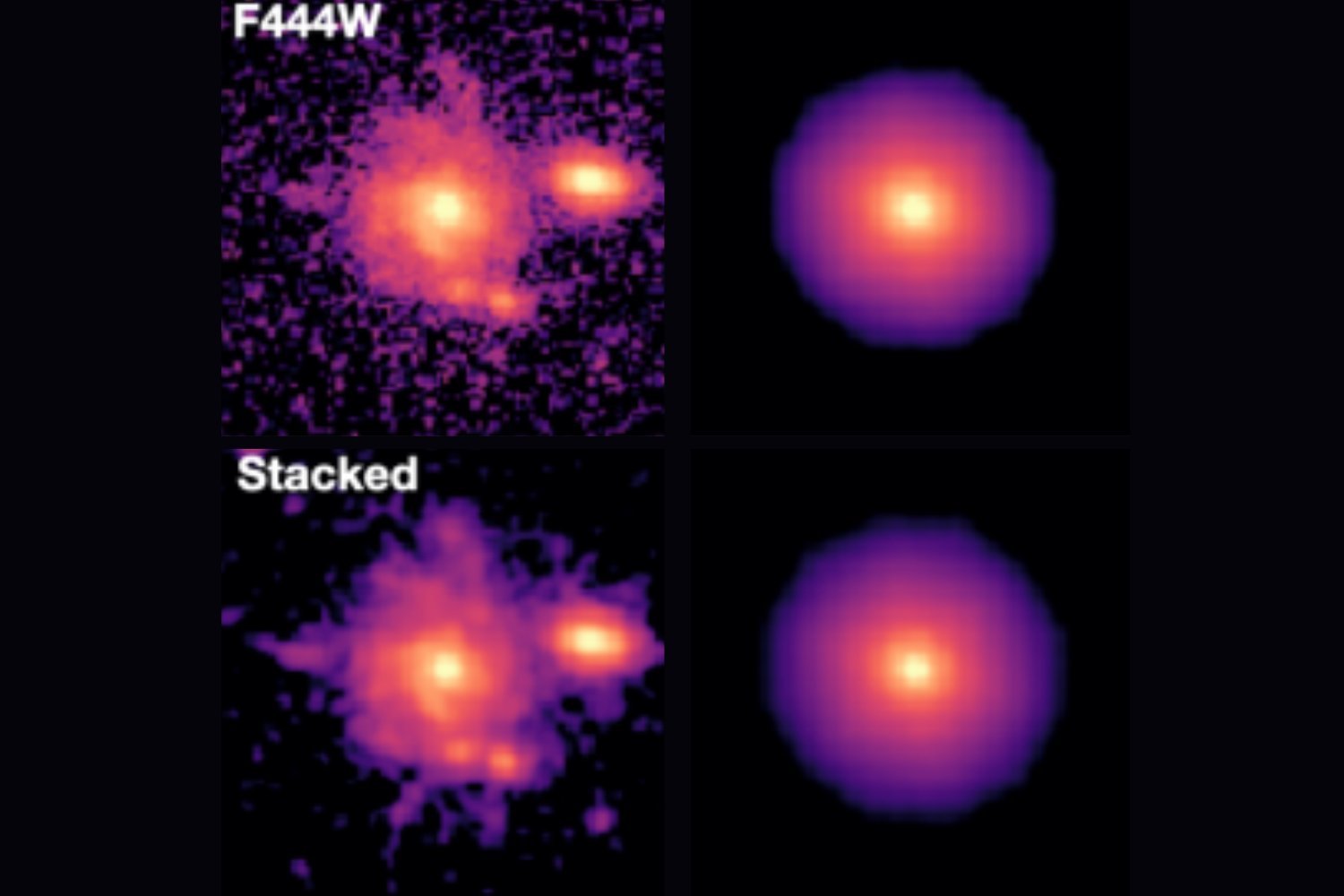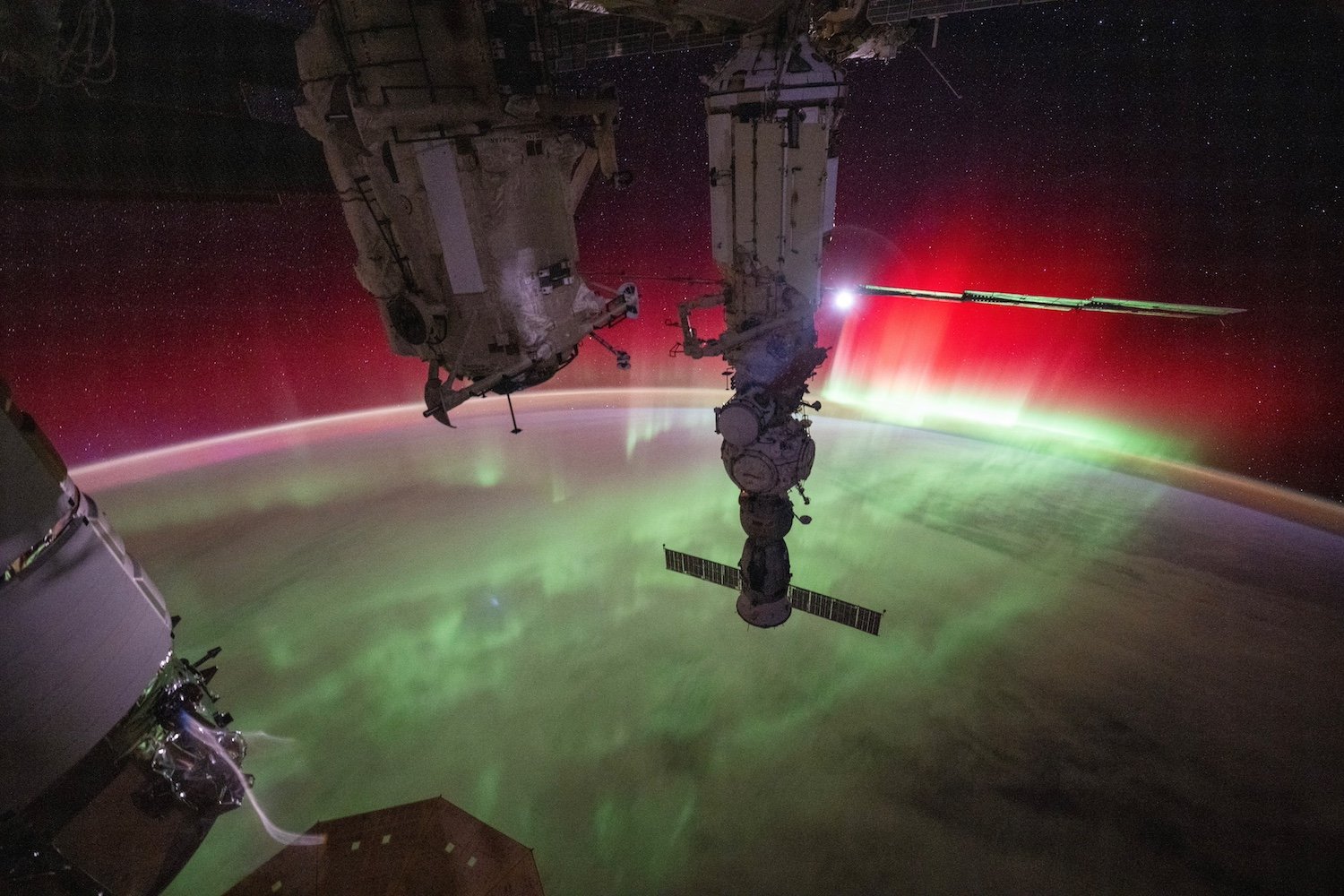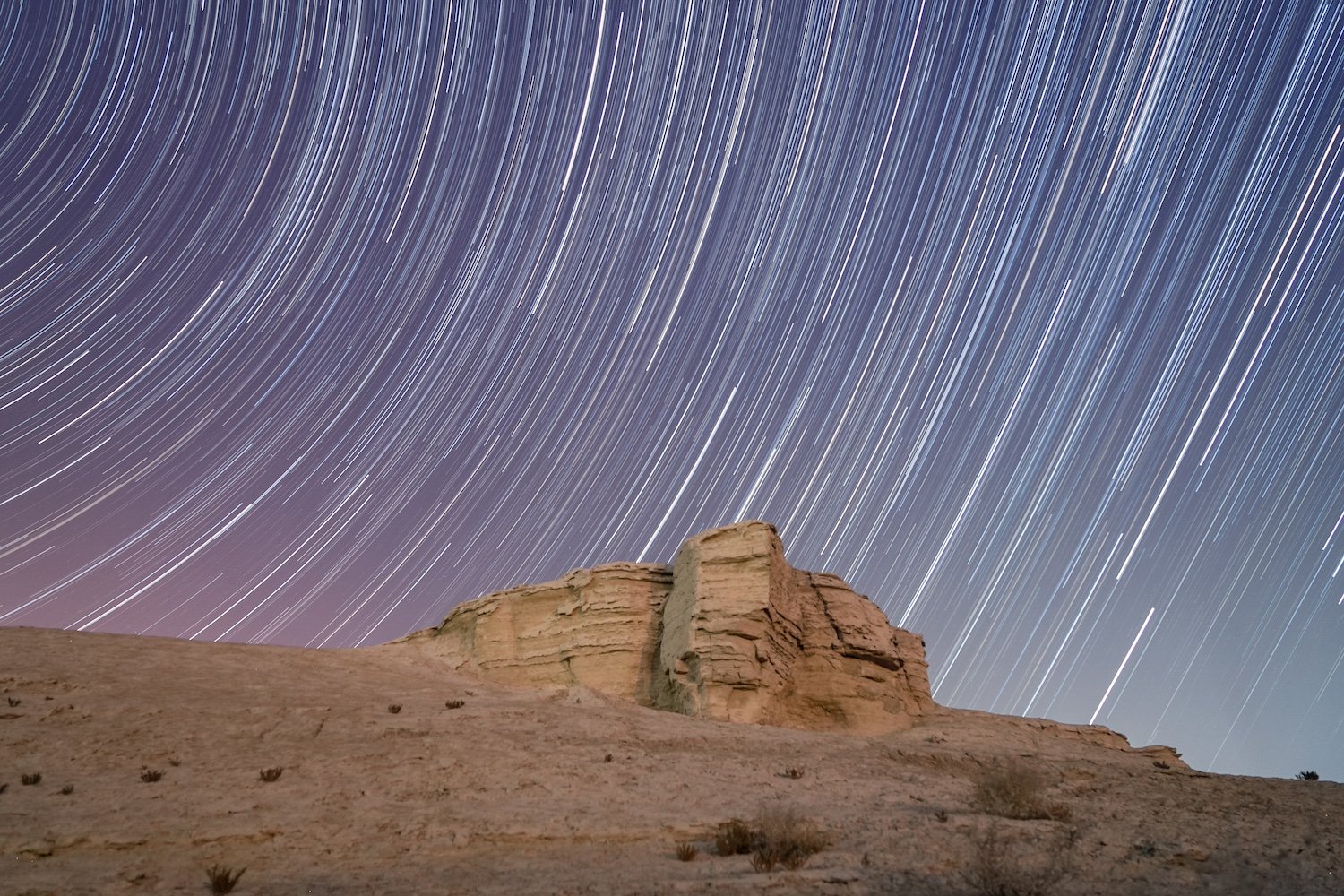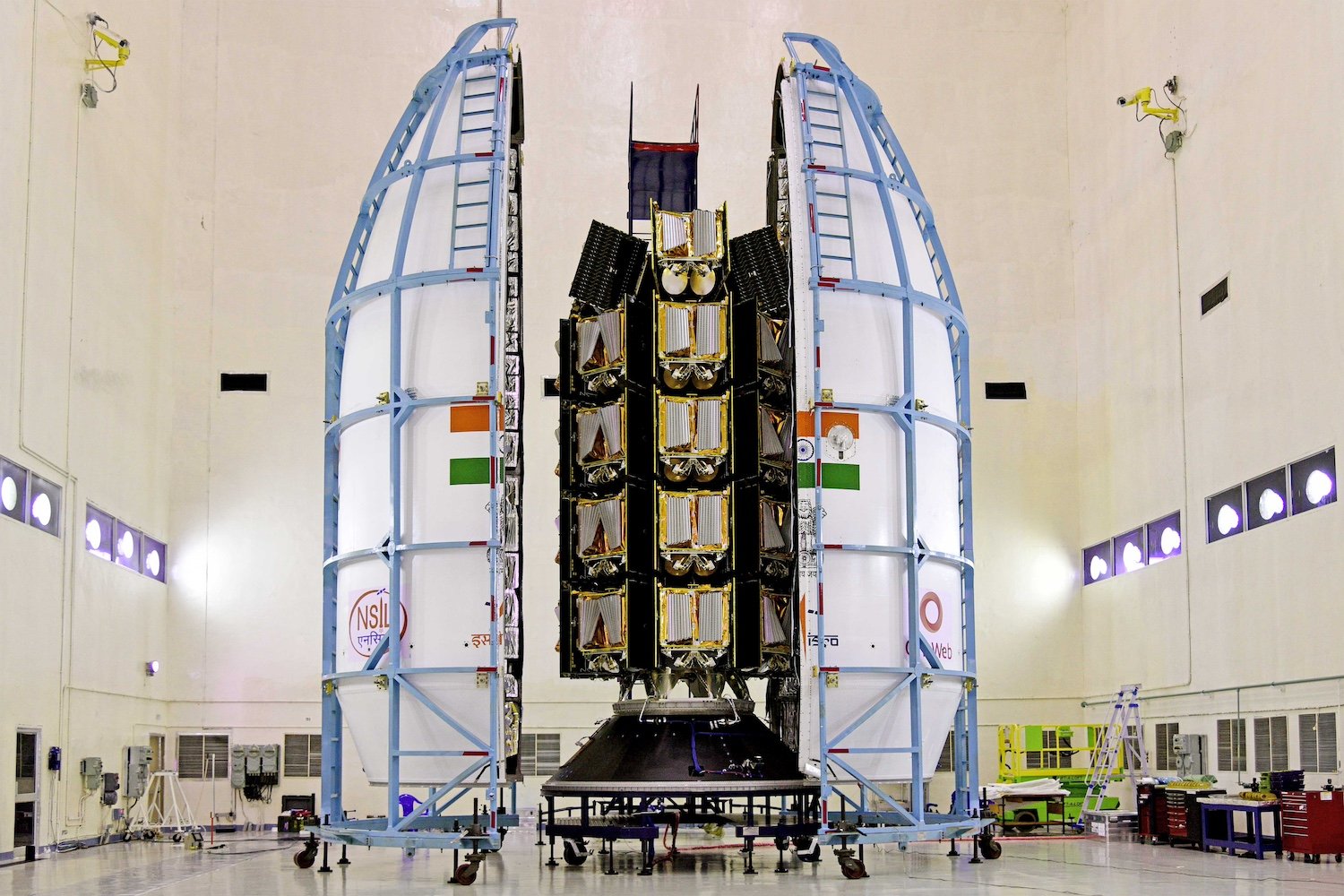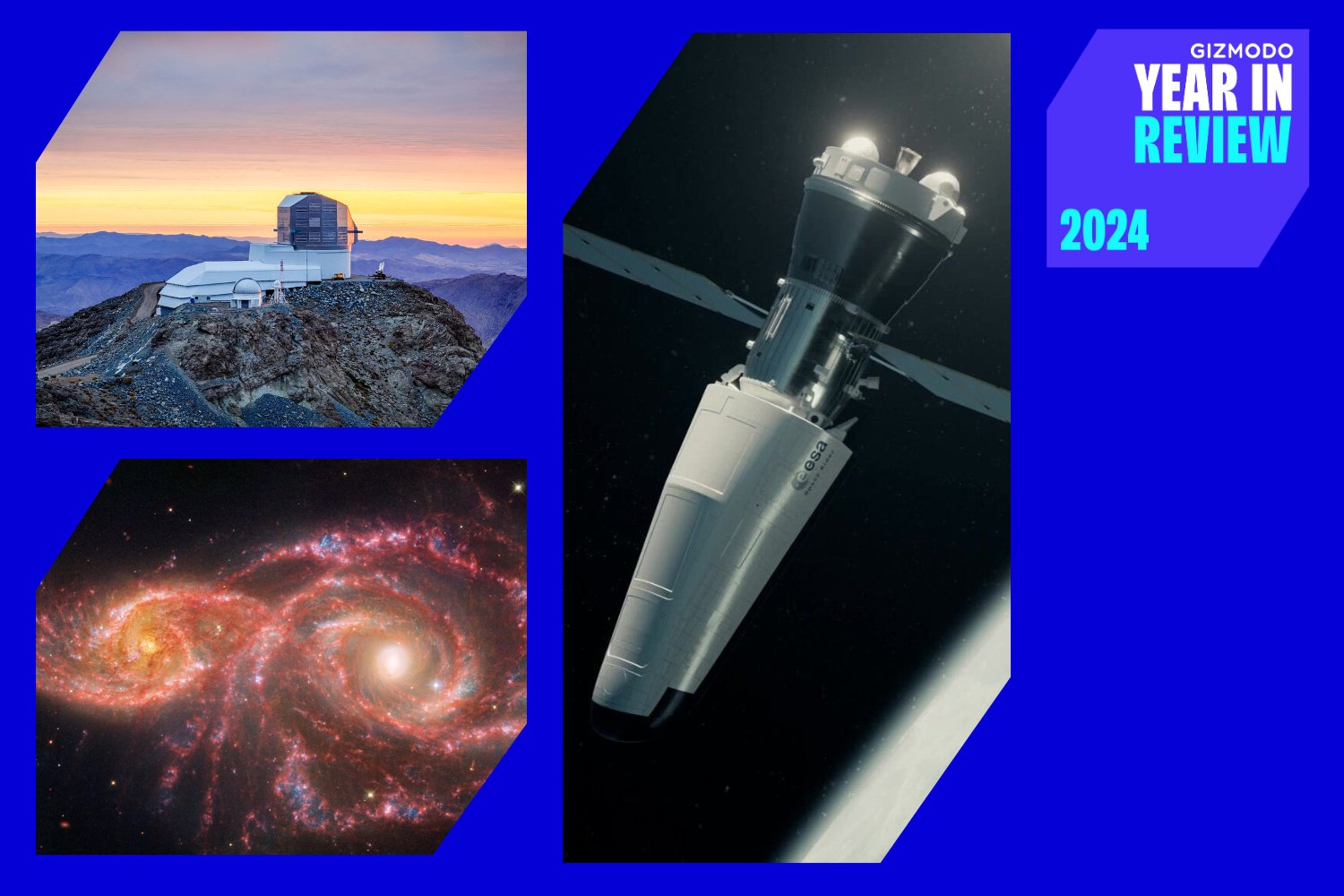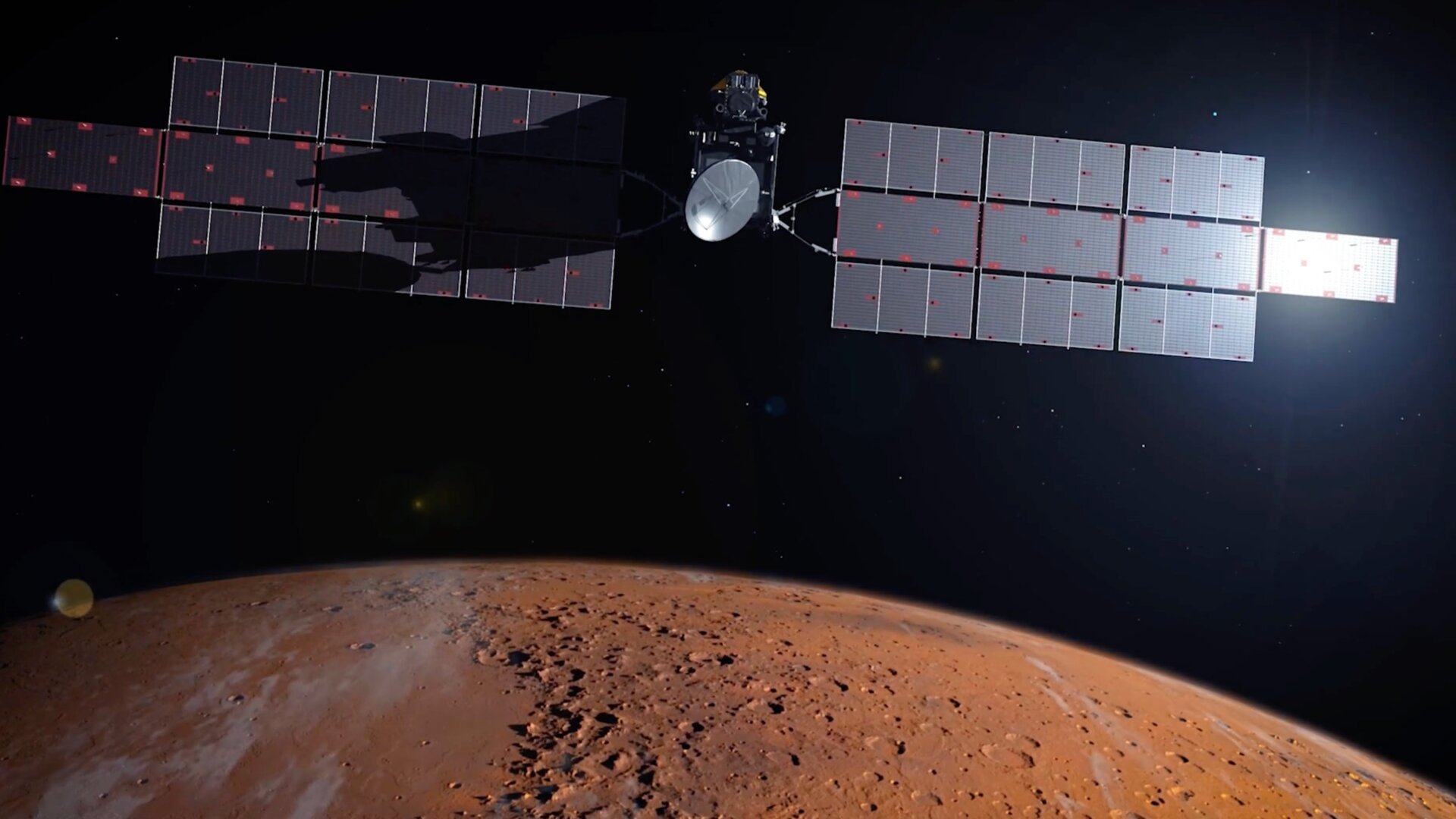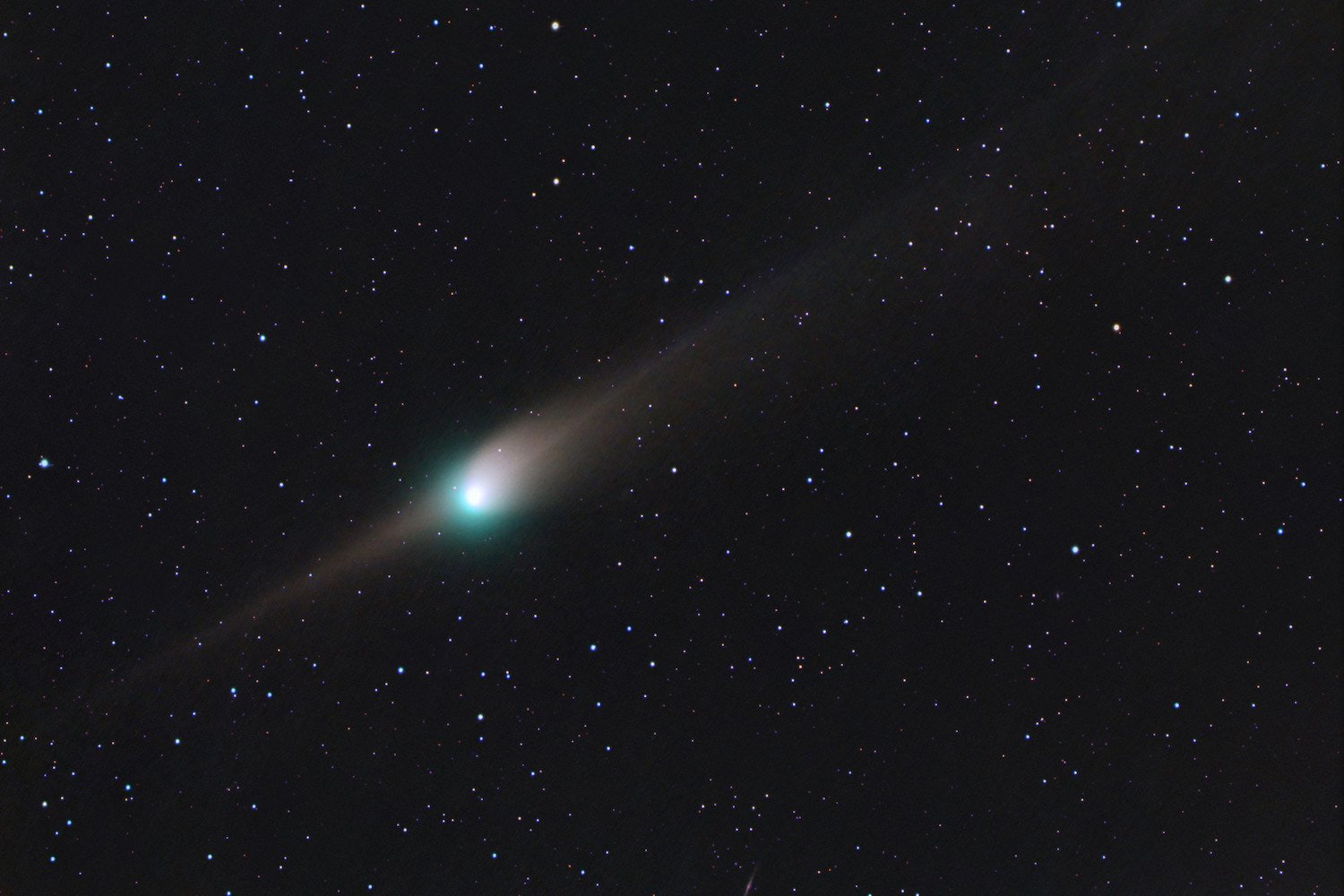The James Webb Space Telescope continues to revolutionize our understanding of the early universe, capturing breathtaking images of celestial wonders. Recently, Webb has imaged two grand design spiral galaxies, one of which may be the most distant spiral galaxy identified to date. These discoveries, detailed in papers currently available on the preprint server arXiv, offer exciting new insights into galactic evolution.
Grand Design Spirals in the Early Universe
The two galaxies in question are designated A2744-GDSp-z4 and Zhúlóng. Zhúlóng, named after a red dragon deity in Chinese mythology, is considered the most distant bulge+disk galaxy with clearly defined spiral arms currently known. Both galaxies are classified as grand design spirals, meaning they possess distinct and well-defined spiral arms, unlike flocculent spiral galaxies which have less structured arms. For comparison, our Milky Way galaxy is categorized as a barred spiral, though its exact structure is still under investigation.
 Composite images of A2744-GDSp-z4 taken by Webb across several color bands.Composite images of A2744-GDSp-z4 taken by Webb across several color bands. Image: Jain et al., 2024
Composite images of A2744-GDSp-z4 taken by Webb across several color bands.Composite images of A2744-GDSp-z4 taken by Webb across several color bands. Image: Jain et al., 2024
A2744-GDSp-z4, located within the galaxy cluster Abell 2744, has an estimated mass of around 14 billion times that of our sun. Its surprisingly developed structure for its age—existing just 1.5 billion years after the Big Bang—challenges previous understandings of galactic formation in the early universe. The presence of such a well-defined spiral galaxy so early in cosmic history is a significant discovery.
Zhúlóng, with a mass comparable to the Milky Way, exhibits a relatively low star formation rate, producing about 66 solar masses per year. This is particularly intriguing considering previous Webb data suggesting early galaxies were typically metal-poor and gas-rich, potentially influencing star formation rates.
Webb’s Advanced Imaging Capabilities
The pixelated appearance of these galaxies in Webb’s images is a direct result of their immense distance from Earth. Webb’s ability to observe such distant objects is partly due to its utilization of gravitational lensing. This phenomenon occurs when regions of spacetime with intense gravity bend light, magnifying and refocusing the light from objects behind them, allowing telescopes like Webb to detect these otherwise invisible galaxies.
While these distant galaxies appear as smudges, the images are a testament to Webb’s extraordinary capabilities. For context, closer galaxies observed by Webb appear with much greater clarity. The comparison image showcases how Webb’s Near-Infrared Camera (NIRCam) and Mid-Infrared Instrument (MIRI) reveal different aspects of a closer grand design spiral, highlighting the telescope’s versatility and precision.
Unraveling the Mysteries of Galactic Evolution
Webb’s ability to see through obscuring gas clouds and capture light from the most distant objects continues to reshape our understanding of galactic evolution. By imaging galaxies formed just a few hundred million years after the Big Bang, Webb is prompting new questions about the formation and development of these early cosmic structures, pushing the boundaries of astronomical discovery.
Conclusion
The discoveries of A2744-GDSp-z4 and Zhúlóng represent significant advancements in our understanding of the early universe. These ancient grand design spiral galaxies provide crucial insights into galactic formation and evolution, demonstrating that complex galactic structures existed much earlier than previously thought. The James Webb Space Telescope, with its advanced imaging capabilities, continues to unlock the secrets of the cosmos, paving the way for further groundbreaking discoveries in the years to come.



